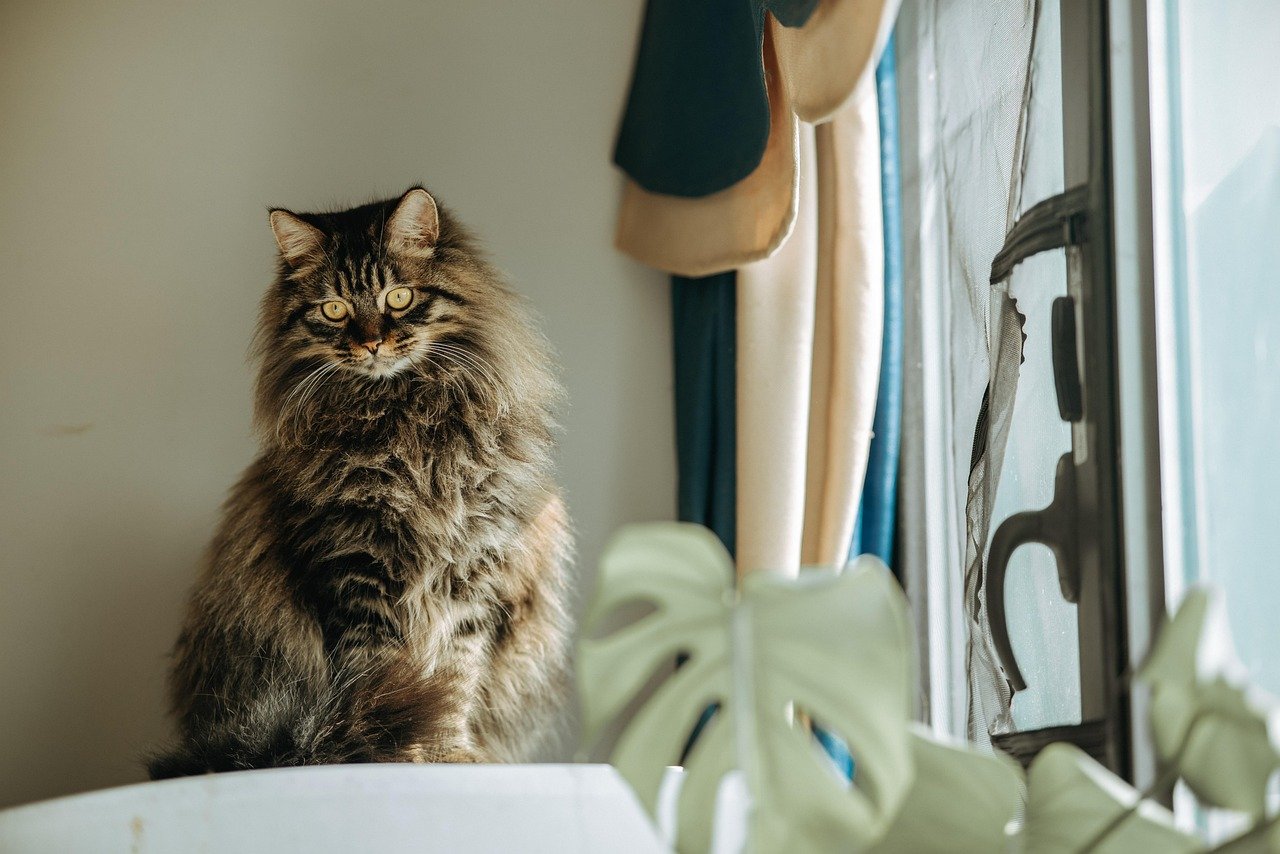Ever catch your cat locking eyes with you and wonder what’s going on in that fuzzy little head? That intense feline gaze isn’t just random—it’s often a mix of curiosity, trust, and subtle communication. When a cat holds your gaze, it can be a sign that they feel safe and bonded to you. In fact, slow blinking (sometimes called “cat kisses”) is one of the sweetest ways cats show affection. Eye contact in cats also ties into their brain chemistry—oxytocin levels rise when they connect with their humans, just like ours do. So, while it may feel like a stare-down, your cat is probably just saying, “I trust you.”
The Language of the Feline Gaze
Cats are masters of silent communication. Unlike dogs, who wag their tails and bark, cats use their eyes to express a whole range of feelings. A direct stare from your cat might seem intense, but in their world, eye contact is a nuanced signal. Sometimes it’s an invitation—“Come play with me!”—and other times, it’s a gentle check-in: “Are you still there?” The gaze can also be a way of showing trust, especially if it’s followed by a slow blink. When you learn to read the subtle cues in your cat’s eyes, you unlock a secret language that deepens your bond.
The duration, intensity, and context of your cat’s stare all matter. A soft, half-lidded gaze is often a sign of comfort and affection. On the other hand, a hard, wide-eyed stare might mean your cat is feeling alert or threatened. Understanding these visual cues is like learning the dialect of a close friend. It’s a conversation without words, and every cat has their own unique style.
Staring: Curiosity or Something More?
Cats are naturally curious creatures, and their stare is often just a sign that something has caught their interest. Maybe it’s the way you’re moving, a sound you made, or even the smell of your lunch. Their eyes are windows to their ever-busy minds, soaking in every detail of their environment. When your cat stares at you, they might simply be trying to figure out what you’re up to.
But there’s more to it than just curiosity. Staring is also a way for cats to gather information about you. They observe your habits, your moods, and even your routines. Over time, they learn what different facial expressions mean. In a way, your cat becomes an expert at reading you—sometimes more than you realize.
Eye Contact: A Feline Sign of Trust
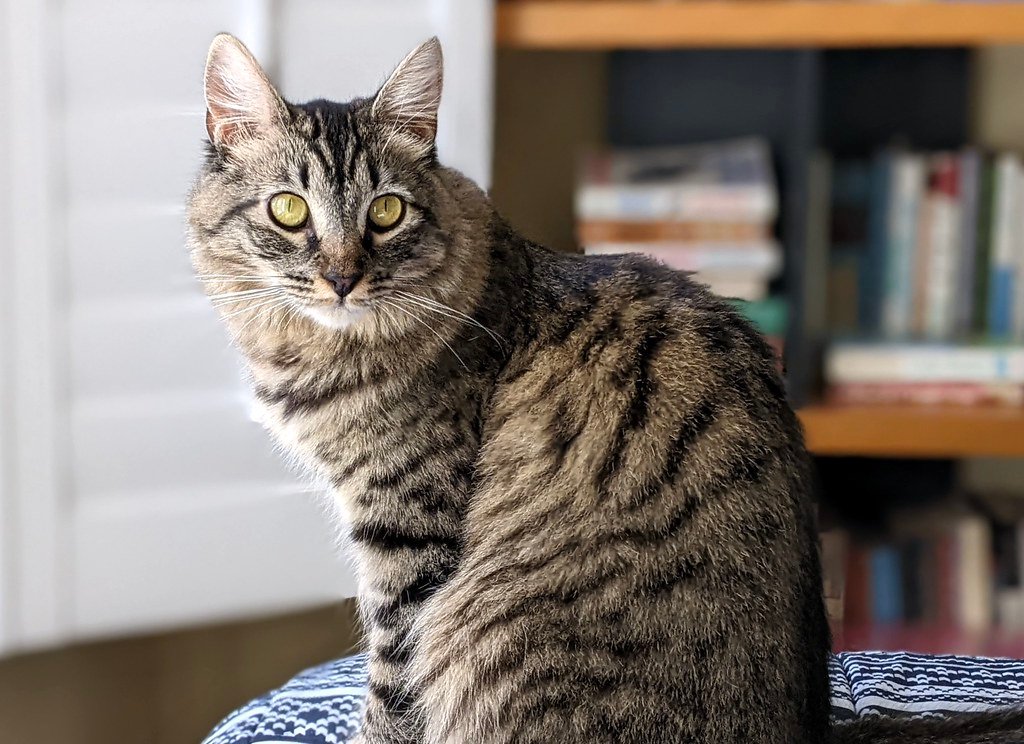
Many people think that direct eye contact is a sign of aggression in animals. While that’s sometimes true, with cats, it can also mean quite the opposite. If your cat seeks out your gaze and holds it, they’re showing a remarkable level of comfort. In the wild, cats avoid eye contact with those they don’t trust. So, when your own cat looks right at you, it’s a silent message: “I feel safe with you.”
This trust is built slowly, over time. It’s like a secret handshake between you and your feline friend. Your cat might even reward you with the famous “slow blink”—a sign that’s often compared to a kitty kiss. When you return the gesture, you’re telling your cat, “I trust you, too.”
The Famous Slow Blink: A Love Letter in Disguise
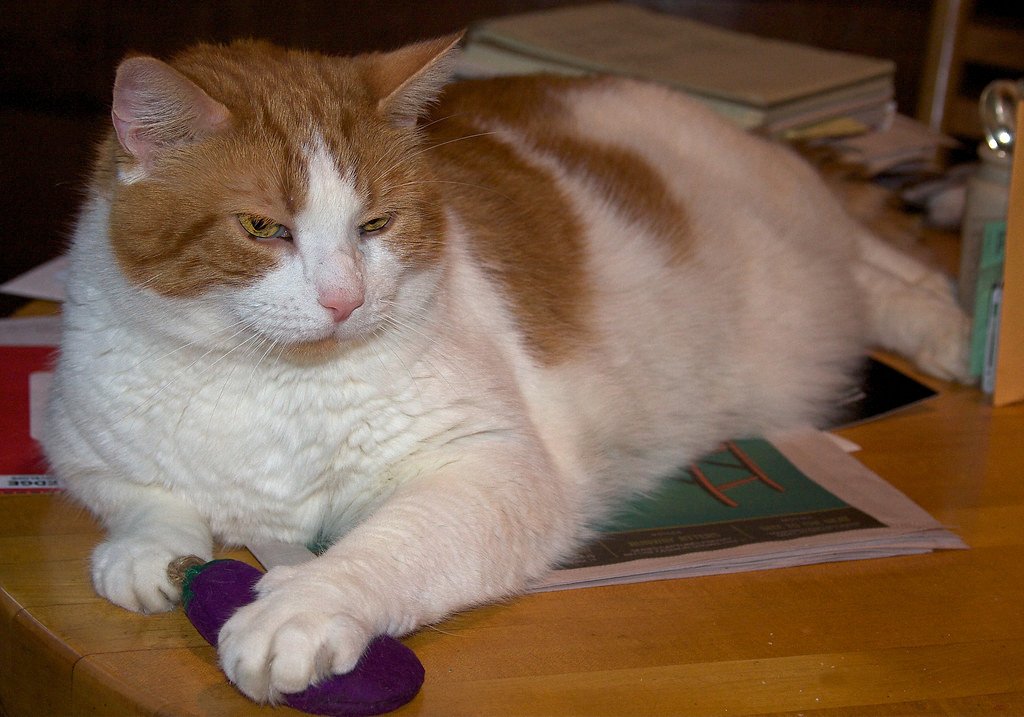
If you’ve ever noticed your cat narrowing their eyes and blinking slowly at you, congratulations—you’ve just received a feline love letter. This gentle, lingering blink is a well-known sign of affection among cats and their humans. Scientists have found that cats use slow blinking as a way to communicate relaxation and goodwill, both with each other and with people.
You can even talk back using the same language. Try giving your cat a slow blink the next time you catch their eye. Chances are, they’ll blink right back. This exchange creates a quiet, powerful moment of connection, like two friends sharing a secret. It’s hard not to feel special when your cat chooses to send you this silent signal of love.
The Science of Cat Eyes: How They See You
A cat’s eyes are truly fascinating from a biological perspective. Their pupils can expand dramatically, letting in more light and giving them exceptional night vision. This adaptation is crucial for hunting, but it also makes their gaze appear intense, especially in low light. When your cat stares at you, their eyes are collecting every detail, from your movements to the subtle changes in your expression.
Cats also have an extra reflective layer behind their retinas called the tapetum lucidum. This is what makes their eyes glow in the dark and helps them see better at night. So when your cat stares at you in the dim evening light, remember—they’re seeing a world invisible to your own eyes.
Brain Chemistry: The Bonding Hormones at Play
When your cat looks at you, something magical is happening beneath the surface. Studies show that eye contact between cats and their owners can trigger the release of oxytocin, often called the “love hormone.” This chemical boost creates feelings of trust and affection, not just for your cat but for you, too. It’s a biological feedback loop—your cat stares, you feel loved, and the bond between you grows stronger.
This hormonal exchange is similar to what happens between mothers and babies, or close friends. It’s a gentle reminder that our relationships with our pets are built on real, measurable chemistry. The next time you catch your cat’s gaze, remember that you’re both enjoying a feel-good dose of connection.
Anxiety, Attention, or Hunger? Decoding the Motive
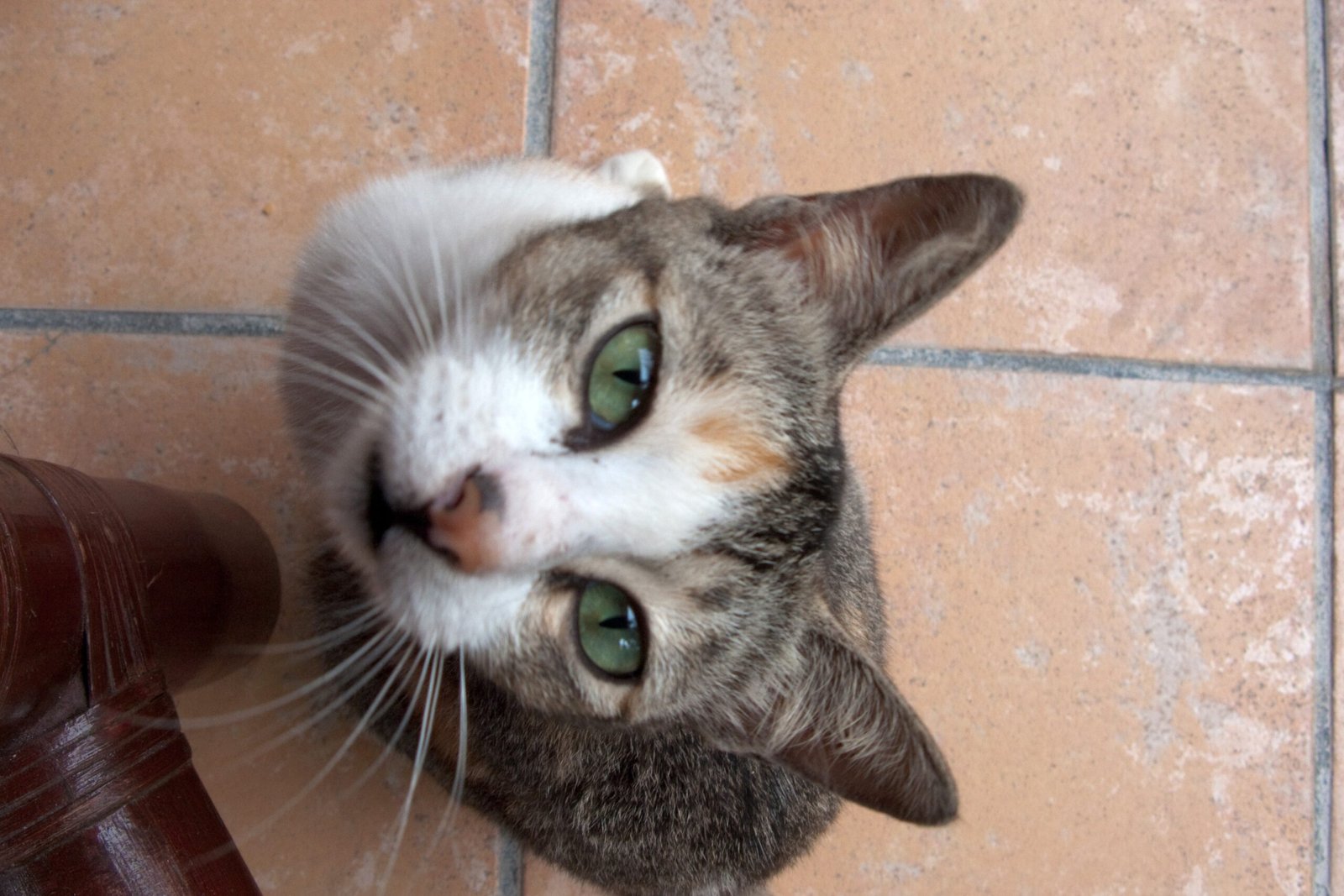
Not every stare is a sign of love or curiosity—sometimes, your cat is trying to tell you something specific. Maybe it’s time for dinner, and that unwavering gaze is a polite (or not-so-polite) reminder. Other times, your cat might be anxious or unsure about something in the environment. Their stare becomes a tool for seeking reassurance or asking for help.
It’s important to consider the context. If your cat stares at you while meowing, pacing, or sitting by their food bowl, the message is clear: “Feed me!” But if they’re staring quietly from a distance, they might just be keeping an eye on their favorite human. With time, you’ll learn the difference between a “hungry” stare and a “just checking in” glance.
Body Language: What Accompanies the Stare?
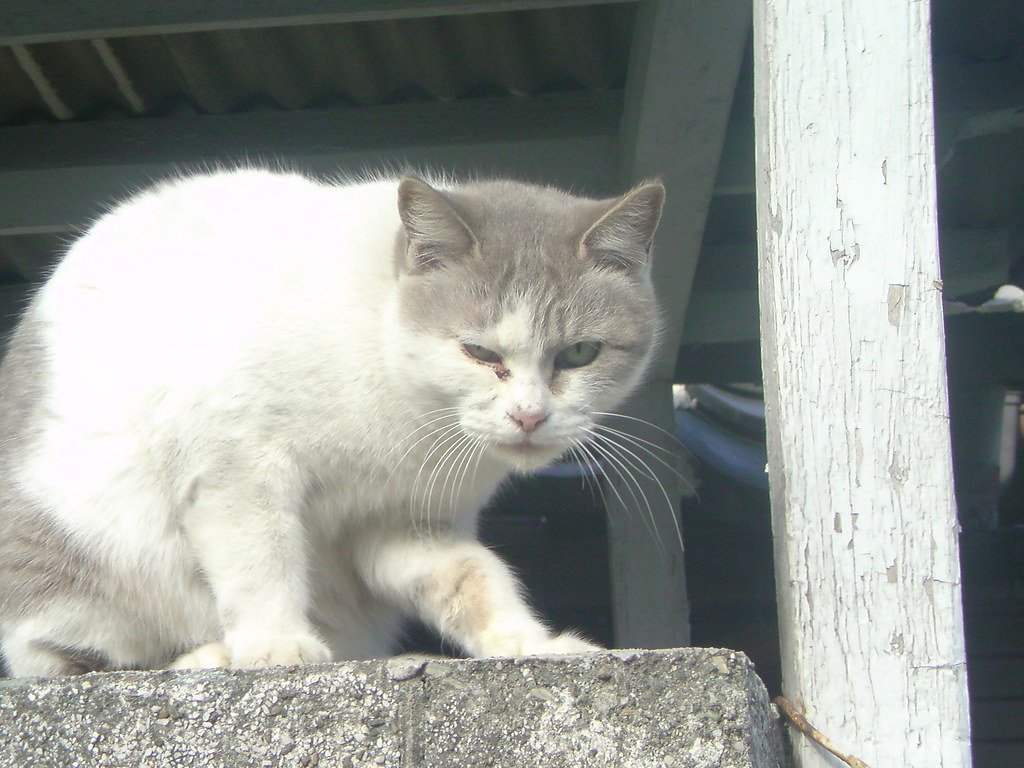
A cat’s stare never comes alone—it’s always paired with other body language clues. Look at their tail, ears, and posture. A relaxed cat will have soft, forward-facing ears and a gently swishing tail. If their body is tense or their tail is puffed up, the stare might be a sign of discomfort or fear.
Paying attention to these subtle signals helps you understand your cat’s mood. For example, a slow-blinking cat with a relaxed body is showing you love. A wide-eyed, crouching cat might be feeling threatened or uncertain. The eyes are just one part of a much larger conversation.
When Staring Becomes a Challenge: Warning Signs
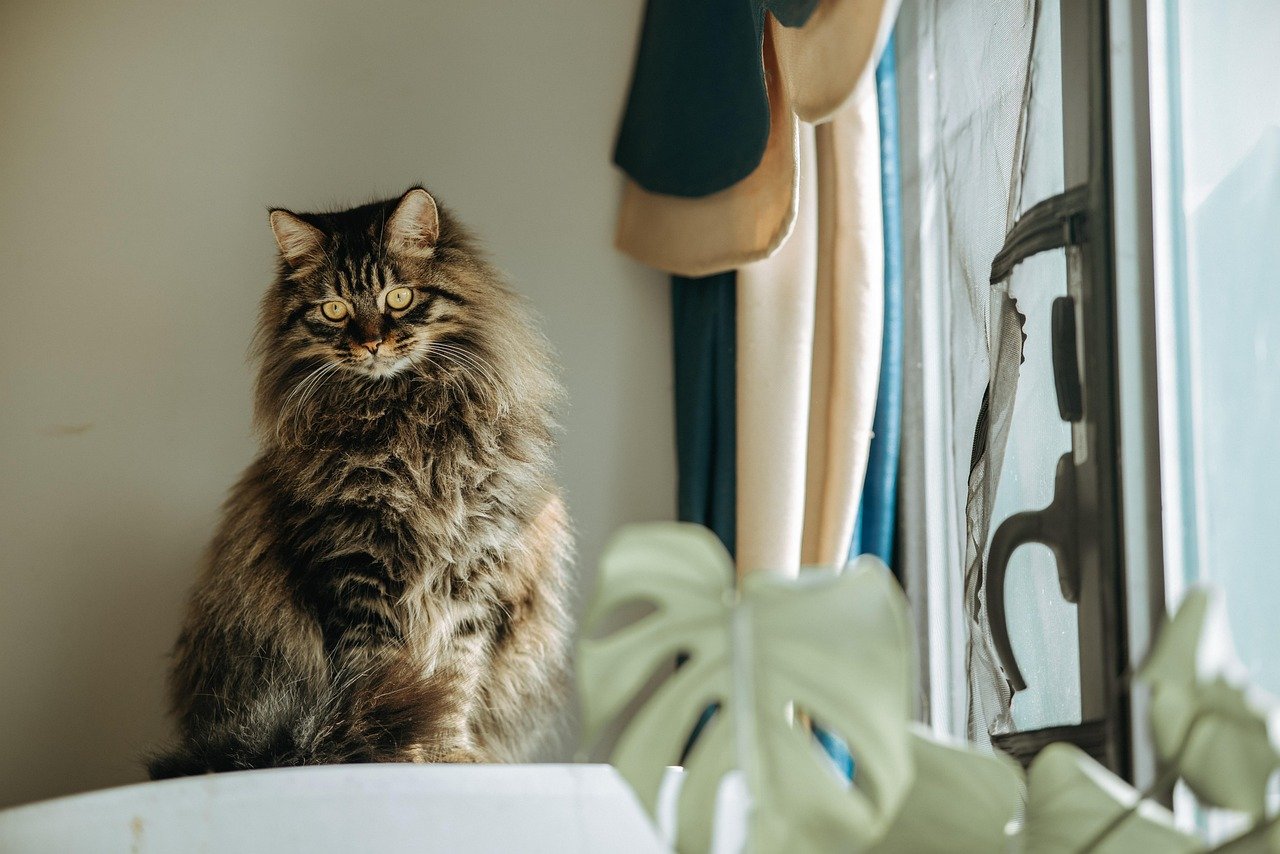
Sometimes, a cat’s stare can be a warning. If your cat’s pupils are dilated, their body is tense, and their stare is intense, they might be feeling threatened or defensive. This is common during confrontations with other animals or when they’re startled by a sudden movement. In these moments, it’s best to give your cat space and avoid direct eye contact.
Staring can also be a sign of illness or discomfort, especially if it’s accompanied by unusual behavior like hiding, loss of appetite, or vocalizing. If your cat’s stare seems out of character, it’s always a good idea to check in with your veterinarian. Your cat can’t tell you in words when something’s wrong, but their eyes can speak volumes.
Cats and Humans: The Shared History of the Stare
The relationship between cats and humans goes back thousands of years. In ancient Egypt, cats were revered and even worshipped, with their enigmatic gaze seen as a symbol of wisdom and mystery. Over time, cats have adapted to live alongside humans, learning to read our emotions and even our faces.
Today, many cat owners feel a deep emotional connection with their pets, and the shared gaze plays a big part in that bond. Looking into your cat’s eyes is a way of bridging the gap between two very different species. It’s a daily ritual that’s as old as our friendship itself.
Staring Contests: Should You Stare Back?
It’s tempting to return your cat’s stare, especially when they seem so focused on you. But is it a good idea? The answer depends on your cat’s personality. Some cats enjoy the attention and will happily engage in a gentle staring contest, especially if you follow it up with a slow blink or a treat.
Other cats might interpret direct eye contact as a challenge or threat. If your cat seems uncomfortable when you meet their gaze, try softening your expression or blinking slowly. Let your cat set the pace—after all, every friendship has its own unique rhythm.
How to Strengthen Your Bond Through Eye Contact
You can use eye contact as a tool to build trust with your cat. Start by observing their comfort level. If your cat seems relaxed when you look at them, try offering a slow blink. Wait to see if they return the gesture—if they do, you’re on the right track. Over time, these exchanges can help your cat feel even more at home with you.
Don’t force eye contact if your cat is shy or nervous. Instead, sit quietly and let them approach you on their own terms. With patience and gentle communication, you’ll create a foundation of trust that lasts a lifetime.
So, the next time your cat fixes those wide eyes on you, don’t be weirded out—take it as a furry little compliment. That stare could be their way of saying they trust you, feel safe, or are simply trying to understand what you’re up to. Behind those whiskers is a brain that responds to connection just like ours. In the world of cats, eye contact isn’t rude—it’s personal.
Jen is a passionate nature lover and ocean conservationist. She has dedicated her life to protecting the environment and preserving the beauty of the natural world. Growing up in a small coastal town, Jen sincerely appreciated the ocean and its inhabitants. She has spent countless hours exploring the shoreline, learning about the creatures that inhabit the waters, and advocating for their protection. Jen is an active member of ocean conservation organizations, and she is committed to educating the public about the importance of conserving wildlife and the natural environment.

